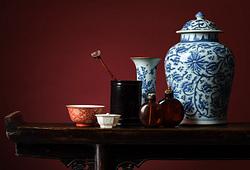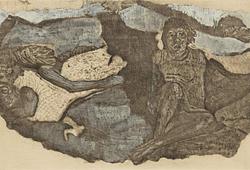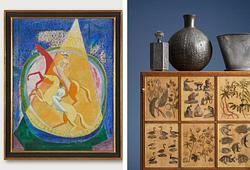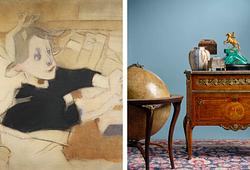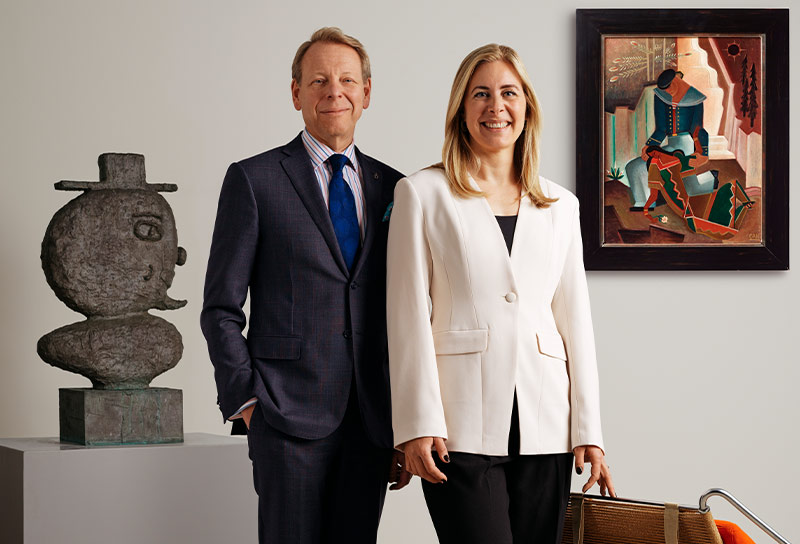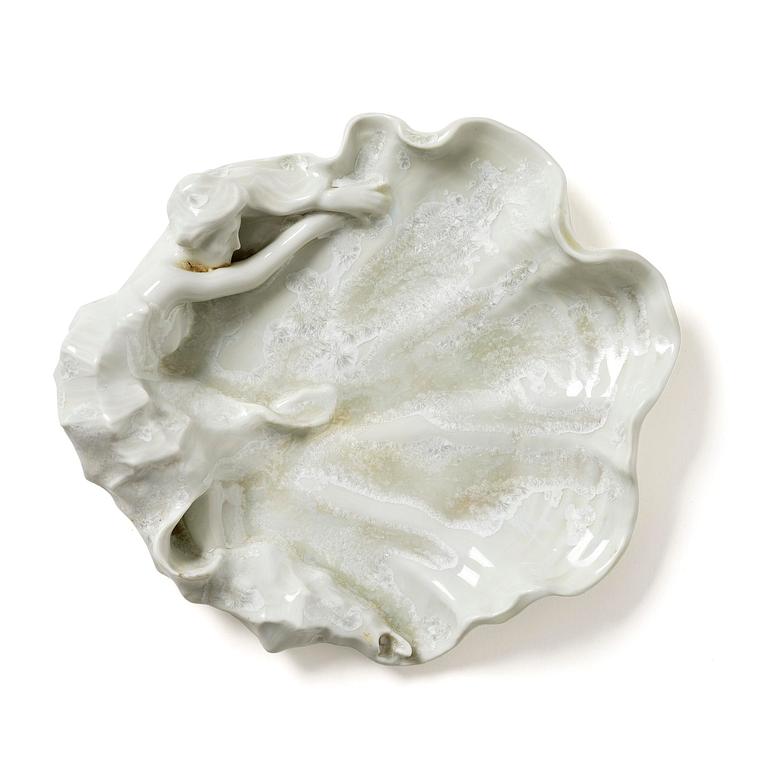Alf Wallander
An Art Nouveau porcelain dish, Rörstrand, ca 1900, with dedication to Ellen Key.
Macrocrystalline zinc glaze, shell-shaped with relief decoration of a draped nymph, impressed mark SP KK1 and personally dedicated in black ink TILL ELLEN KEY MED BEUNDRAN FRÅN ALF WALLANDER (To Ellen Key with admiration from Alf Wallander). Length 22.5 cm.
Provenance
Ellen Key (1849‑1926), a gift from the artist.
The collection of Hans & Frank Schmidts.
Acquired at auction after the above by the present owner.
Literature
Bengt Nyström, "Rörstrand - Art Nouveau Porcelain from Sweden - The White Gold of the North (Jugendstil-Porzellan aus Schweden - Das weiße Gold des Nordens) - Collection Hans Schmidts", Arnoldsche 2011, the present dish illustrated p. 122, cat. no. 48.
More information
The author, educator, women's rights ideologue, and visionary Ellen Key was a leading intellectual and a significant opinion maker both nationally and internationally around the turn of the 20th century, widely debated even to this day.
Influenced by the Arts and Crafts movement, Key embodied ideas about how the people should be educated in good taste and that beauty in the home was an important tool in the struggle for a better society. Her visions of the good home were expressed both through writings and through the construction of her private residence Strand by Lake Vättern.
Key's contributions to Swedish decorative arts were appreciated and acknowledged by the artists of her time, including Alf Wallander. The present plate is thus personally dedicated "Till Ellen Key med beundran från Alf Wallander" (To Ellen Key with admiration from Alf Wallander).
Designer
Alf Wallander was a Swedish painter, ceramicist, and glass designer born in Stockholm. At the age of 15, he began studying at the "Slöjdskolan" in Stockholm, and he later studied at the Royal Academy of Fine Arts and then in Paris from 1885 to 1889.
Wallander was a highly versatile artist and influenced by the spirit of the times around the turn of the century, he was inspired by the author Ellen Key's philosophy of "Beauty for All" and the British Arts & Crafts movement, which can be seen in Wallander's designs for furniture, textiles, glass, and ceramics. Wallander was associated with the Rörstrand Porcelain Factory from 1895 and gained recognition for his Art Nouveau ceramics as early as 1896, later being appointed artistic director at Rörstrand in 1900. From 1907 to 1911, Wallander was associated with the Kosta Glassworks as a designer. Alongside Gunnar G. Wennerberg, Alf Wallander was one of the dominant designers in Sweden during the Art Nouveau period.




